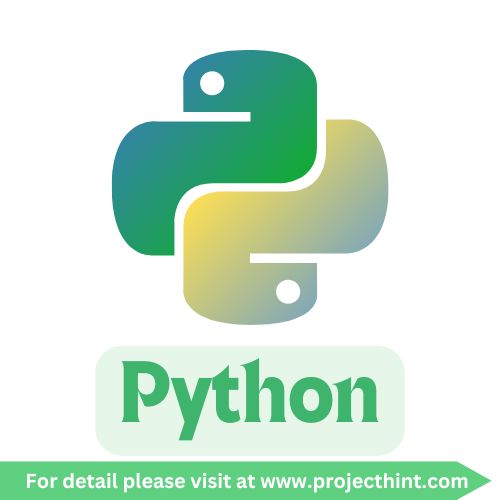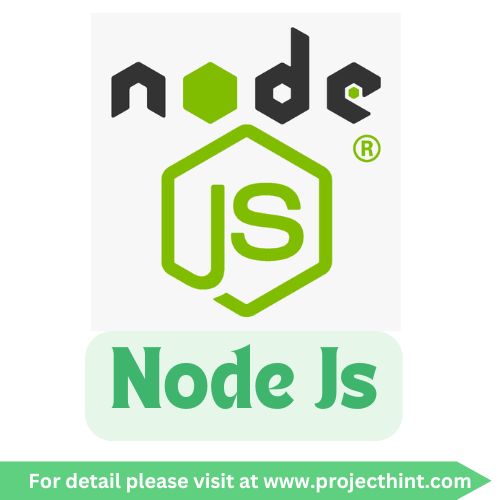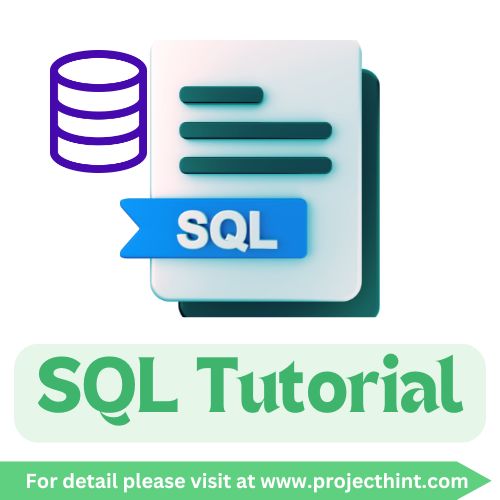PHP Tutorial
PHP Tutorial for Beginners
Welcome to the PHP Tutorial — your step-by-step guide to learning PHP from the basics to advanced concepts. Whether you're new to programming or transitioning into web development, PHP is a powerful language that plays a crucial role in building dynamic websites and applications.
🌐 What is PHP?
PHP (Hypertext Preprocessor) is a server-side scripting language used to create dynamic and interactive web pages. It is embedded within HTML and interacts with databases like MySQL to build robust web apps.
📘 What You’ll Learn in This PHP Tutorial
This tutorial covers everything you need to know to become proficient in PHP:
🔹 PHP Basics
-
What is PHP
-
PHP Syntax
-
PHP Variables
-
PHP Data Types
-
PHP Strings, Numbers, Casting, and Math
🔹 Control Structures
-
If...Else...Elseif
-
Switch
-
Loops (for, while, do...while, foreach)
🔹 Functions and Arrays
-
Defining and Calling Functions
-
Function Arguments & Return Values
-
Arrays (Indexed, Associative, Multidimensional)
-
PHP Array Functions
🔹 Forms and Superglobals
-
HTML Forms with PHP
-
$_GET, $_POST, $_REQUEST
-
Form Validation and Sanitization
🔹 PHP and MySQL
-
Connect to Database
-
Create/Insert/Read/Update/Delete Data
-
Use Prepared Statements
-
Handling Multiple Inserts
🔹 PHP Advanced Topics
-
PHP OOP (Object-Oriented Programming)
-
Classes, Objects, Inheritance, Interfaces
-
Namespaces, Traits, Abstract Classes
🔹 File and Server Operations
-
File Handling (Open, Read, Write, Upload)
-
Cookies and Sessions
-
Error Handling and Exceptions
-
JSON Handling
🔹 APIs and AJAX
-
Using AJAX with PHP
-
Fetching Data Dynamically
-
PHP and REST APIs
✅ Who is this tutorial for?
-
Web development beginners
-
Students learning full-stack development
-
Developers transitioning from frontend to backend
-
Anyone wanting to build websites or CMS systems
🚀 Why Learn PHP?
-
Easy to learn for beginners
-
Widely used (WordPress, Laravel, etc.)
-
Runs on most servers like Apache and Nginx
-
Strong community support
-
Integrates easily with MySQL and other databases
🧑💻 Simple PHP Example
<?php
echo "Hello, World!";
?>
This basic script prints a message to the browser using PHP.
🔚 Conclusion
This PHP tutorial is designed to give you practical experience in building real-world applications. By the end of this guide, you’ll be comfortable writing secure, maintainable PHP code and using it to power dynamic websites.




















